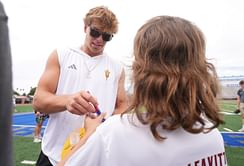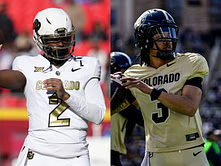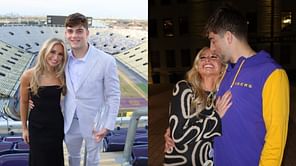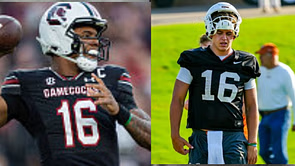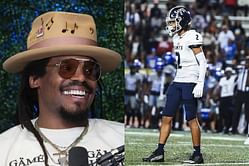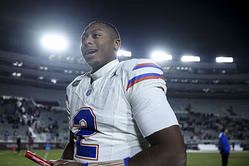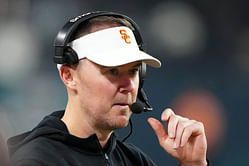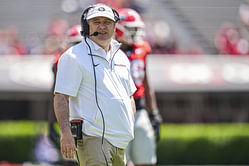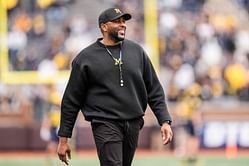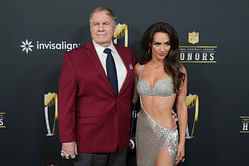
Founded in 1869, the University of Nebraska–Lincoln is a prestigious public research institution and the flagship university of Nebraska. Situated in Lincoln, the state's capital, the university offers an extensive range of academic programs spanning various colleges. With a legacy of academic excellence and innovation, it holds strengths in diverse fields, including agriculture, engineering, arts, and more.
The institution's commitment to research and intellectual exploration is evident through its contributions to various disciplines. Notably, the university's rich history in agriculture aligns with Nebraska's farming heritage, fostering advancements that benefit local and global communities. The campus provides a vibrant and intellectually stimulating student environment, enriched by iconic mascots Herbie Husker and Lil' Red, who contribute to the university's spirited atmosphere. But What is the History of the Herbie Husker mascot?
Beyond academics, the University of Nebraska–Lincoln emphasizes community engagement and international perspectives. By instilling a sense of social responsibility, the university equips its students to create a positive impact through education, research, and service. As a result, graduates emerge as well-rounded individuals prepared to tackle real-world challenges and contribute meaningfully to society. With its historical legacy, commitment to research, and dedication to holistic education, the university remains a cornerstone of academic achievement and innovation in Nebraska and beyond.
Herbie Husker Mascot’s History
The University of Nebraska–Lincoln underwent a series of changes in its official mascots before ultimately adopting Herbie Husker. The initial attempt was Corncob Man, characterized by a man in green overalls with a corn head. This was followed by Huskie the Husker, a towering farmer donning overalls and a straw hat. Then came Mr. Big Red (also known as Harry Husker), a tall figure in a blazer and red hat. Harry's oversized head led to frequent costume changes. The physical challenges prompted the search for a new mascot, culminating in the acquisition of Herbie Husker in 1974, designed by Lubbock artist Dirk West. Herbie's debut at the 1974 Cotton Bowl marked the start of his legacy.
Historically, Herbie sported blond hair, denim overalls with a corn motif, a white undershirt, and a red cowboy hat. A design update 2003 altered his appearance to reflect contemporary agricultural workers, but the change wasn't well-received. Students are chosen each year through tryouts to embody Herbie, keeping their identity secret until graduation. The inflatable Lil' Red, the other official mascot, often accompanies Herbie on the sidelines.
In 2022, Herbie's left hand underwent modification in the classic logo to prevent any association with a potential hate symbol. The university announced a redesign plan for Herbie in January 2022, revealing the new design in April 2023. This revamped version refers to the original 1974 appearance, featuring blond hair, denim overalls, a white shirt, and a red cowboy hat, honoring Herbie's enduring legacy and connection to the university's history.
What did the original Herbie Husker look like?
The original Herbie Husker, the beloved mascot of the University of Nebraska-Lincoln, debuted in 1974. He was a cheerful representation of the university's farming heritage, embodying the spirit of the Cornhusker state. Herbie sported a straw hat, red overalls, and a friendly smile, instantly recognizable to fans. His outfit mirrored the traditional attire of a Nebraska farmer, complete with a pitchfork. Herbie's look showcased the school's strong agricultural roots and resonated with fans, symbolizing Nebraska's hardworking and down-to-earth character. Over the years, Herbie has undergone some updates but remains a cherished figure in Nebraska's sports culture.
FAQ's on Herbie Husker mascot
A. The University of Nebraska–Lincoln was founded in 1869.
A. The university is situated in Lincoln, the capital of Nebraska.
A. The university excels in various fields, including agriculture, engineering, and the arts.
A. The university's beloved mascots are Herbie Husker and Lil' Red.
A. Apart from academics, the university emphasizes community engagement and global perspectives, enabling students to make meaningful contributions through education, research, and service.
